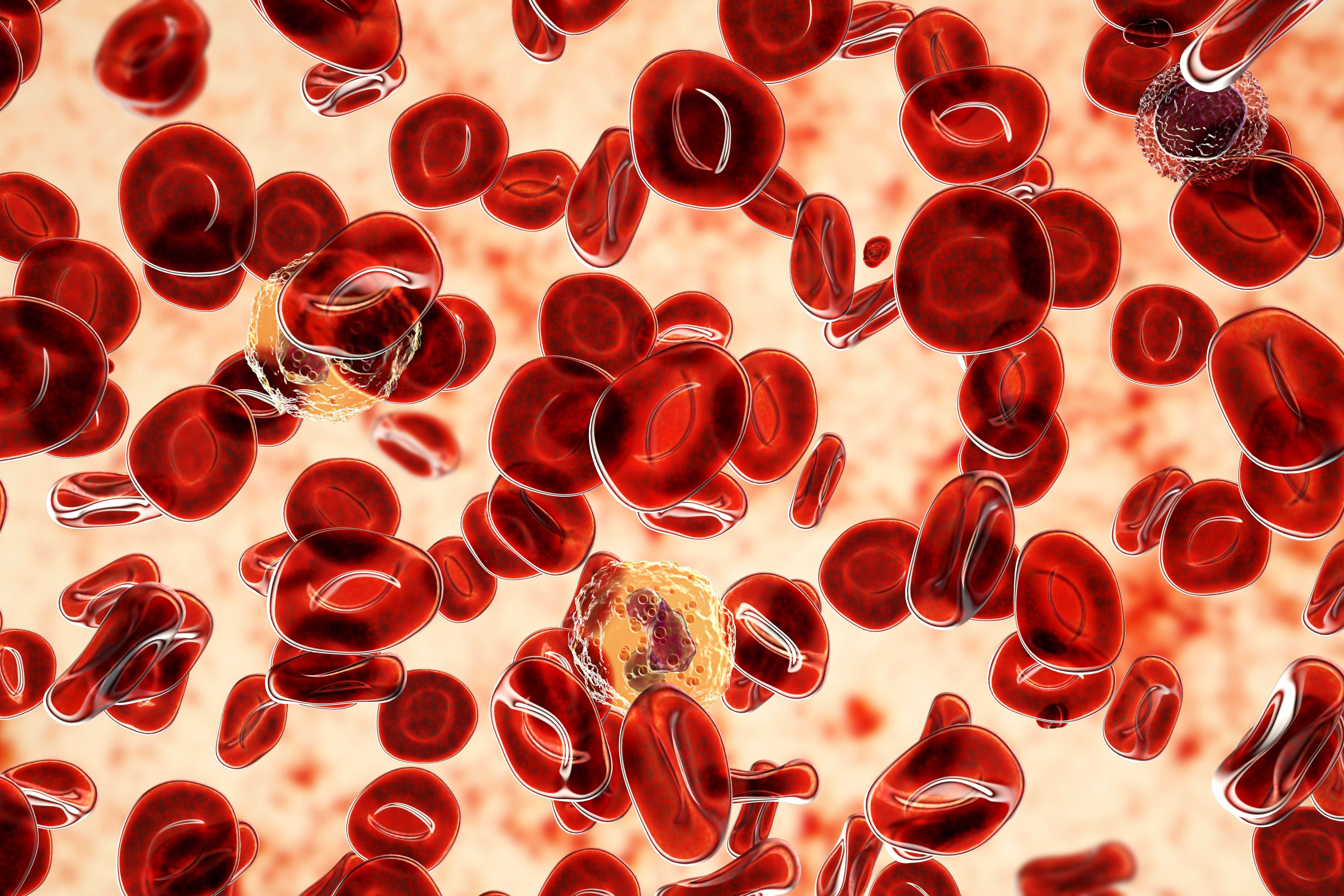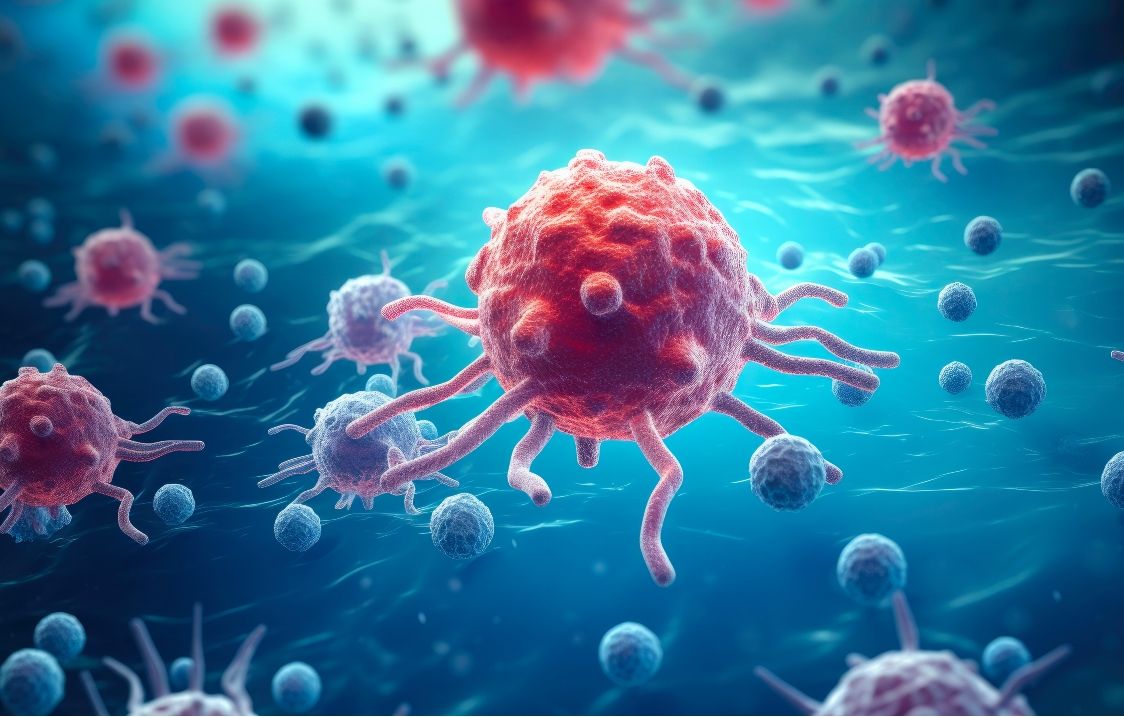Article
Authors Find Brentuximab Vedotin Cost-Effective for Treatment of Advanced Hodgkin Lymphoma
Author(s):
The analysis comes amid a debate set off when CVS Caremark announced that it would allow self-funded insurers to exclude drugs that entered the market above $100,000 per quality-adjusted life year.
A new analysis concludes that brentuximab vedotin, sold as Adcetris, is within accepted ranges of cost-effectiveness when combined with chemotherapy as front-line treatment for stage III or IV classical Hodgkin lymphoma. The analysis appears in the Journal of Medical Economics.
Results of the ECHELON-1 study, presented in December 2017 at the annual meeting of the American Society of Hematology, showed that the anti-CD30 antibody, brentuximab, produced superior survival when combined with the chemotherapy regimen of doxorubicin, vinblastine, and dacarbazine, known as A + AVD.
This represented the first update to frontline treatment for Hodgkin lymphoma in 40 years, with the standard being doxorubicin, bleomycin, vinblastine, and dacarbazine, or ABVD. After 24 months, the 2-year rate of progression-free survival was 82.1% among patients taking the study drug and 77.2% among those taking the standard regimen. Results showed a 23% risk reduction for progression, death, or modified progression among those taking brentuximab vedotin.
However, the cost of the brentuxmab vedotin alone has been estimated at $100,000 to $120,000 for the typical patient, depending on the person’s weight and the number of doses.
The authors calculated the incremental cost-effectiveness ratio (ICER), which tells payers the value of the new regimen compared with either an older therapy or another new treatment. Evaluations are expressed as the incremental cost per quality-adjusted life year (QALY) gained. In this case, the authors examined cost-effectiveness based on progression after A + AVD, including whether patients had an autologous stem cell transplant. Inputs were based on results of ECHELON-1 and other published sources.
The authors calculated QALYs based on the entire study population and on the North American population only, as this would be of interest to US payers.
Results showed the ICER for A + AVD compared with ABVD was $172,074/QALY based on the data from the overall population, but $69,442/QALY based on data from the North American population. The authors concluded that the new therapy combination with brentuximab vedotin “is within the range of threshold values for cost-effectiveness in the US,” based on the ECHELON-1 results.
For years, $50,000/QALY has been a cutoff point for a drug to be considered high-value; however, more recently $100,000/QALY has been used as the benchmark for some novel therapies. CVS Caremark recently set off a debate when it announced it would allow self-funded insurers to exclude drugs that entered the market above $100,000/QALY.
The authors said their calculations took the possibility of stem cell transplant into account. Therefore, they concluded, the brentuximab vedotin combination “is likely to be a cost-effective frontline therapy for patients with stage III/IV classical Hodgkin lymphoma from a US healthcare payer perspective.”
Reference
Delea TE, Sharma A, Grossman A, et al. Cost-effectiveness of brentuximab vedotin plus chemotherapy as frontline treatment of stage III or IV classical Hodgkin lymphoma [published online October 30, 2018]. J Med Econ. DOI: 10.1080/13696998.2018.1542599.
2 Commerce Drive
Suite 100
Cranbury, NJ 08512
© 2025 MJH Life Sciences® and AJMC®.
All rights reserved.





